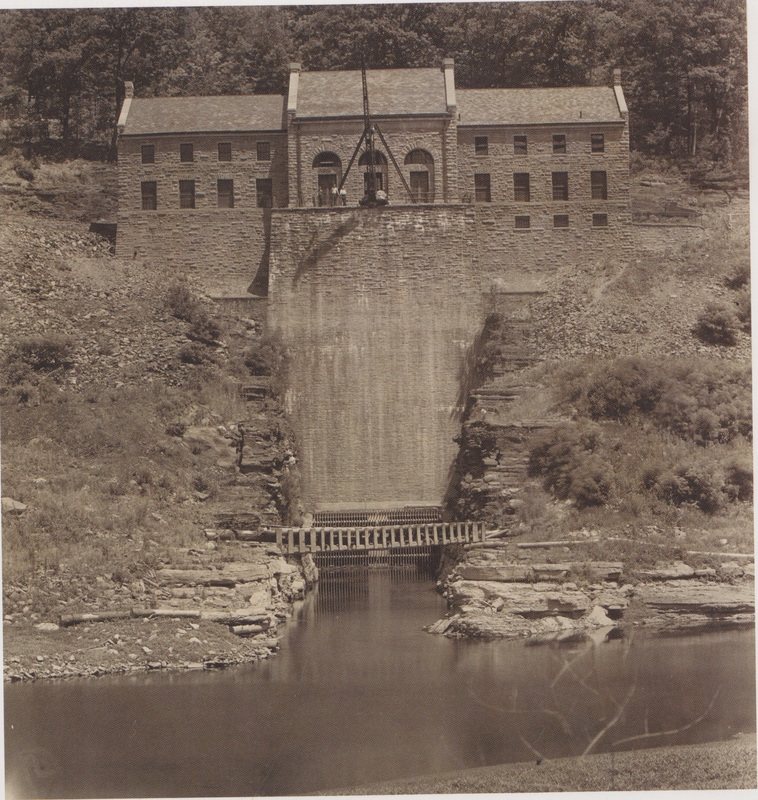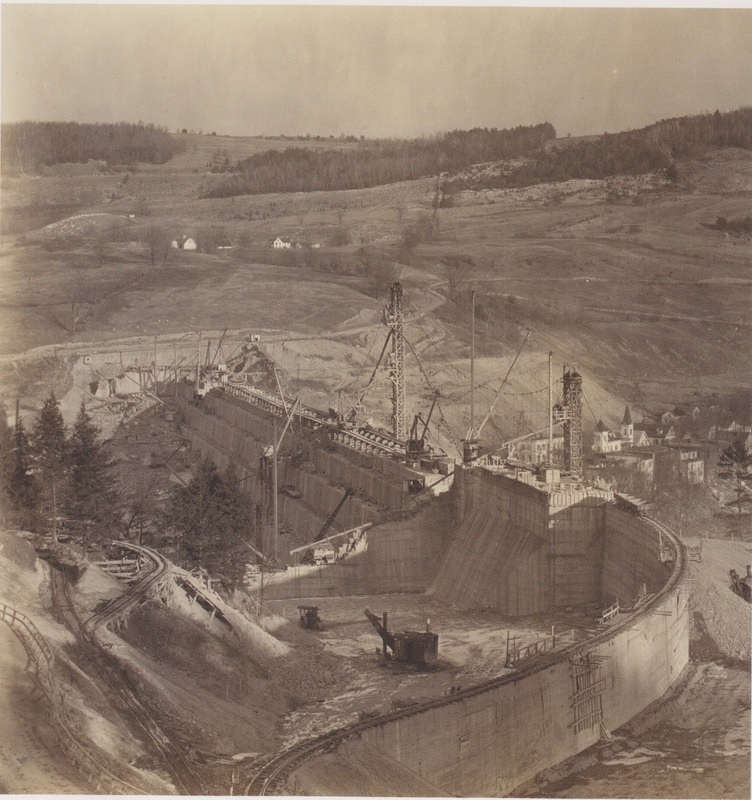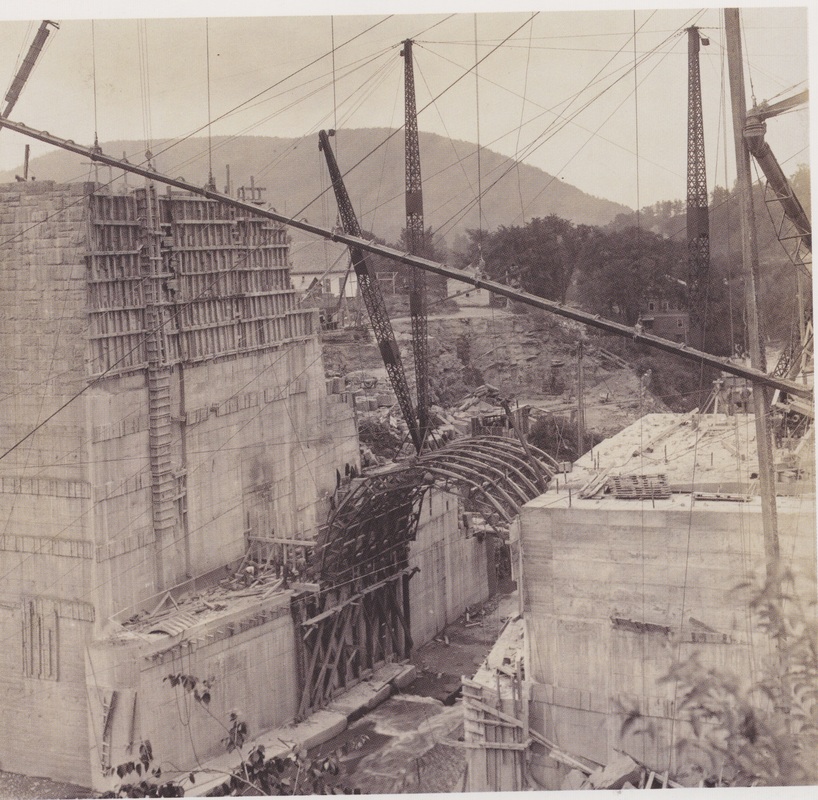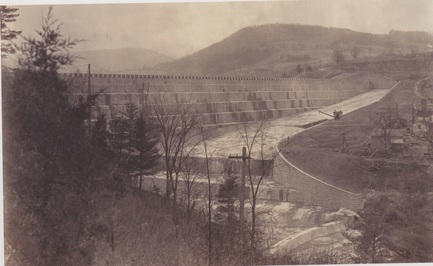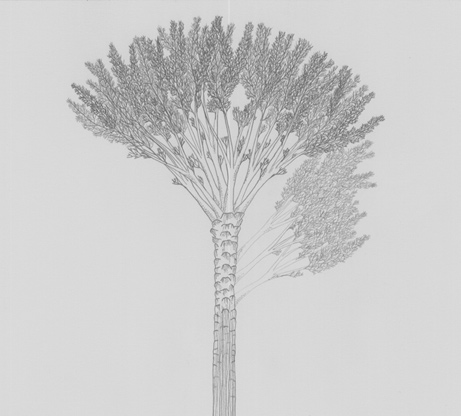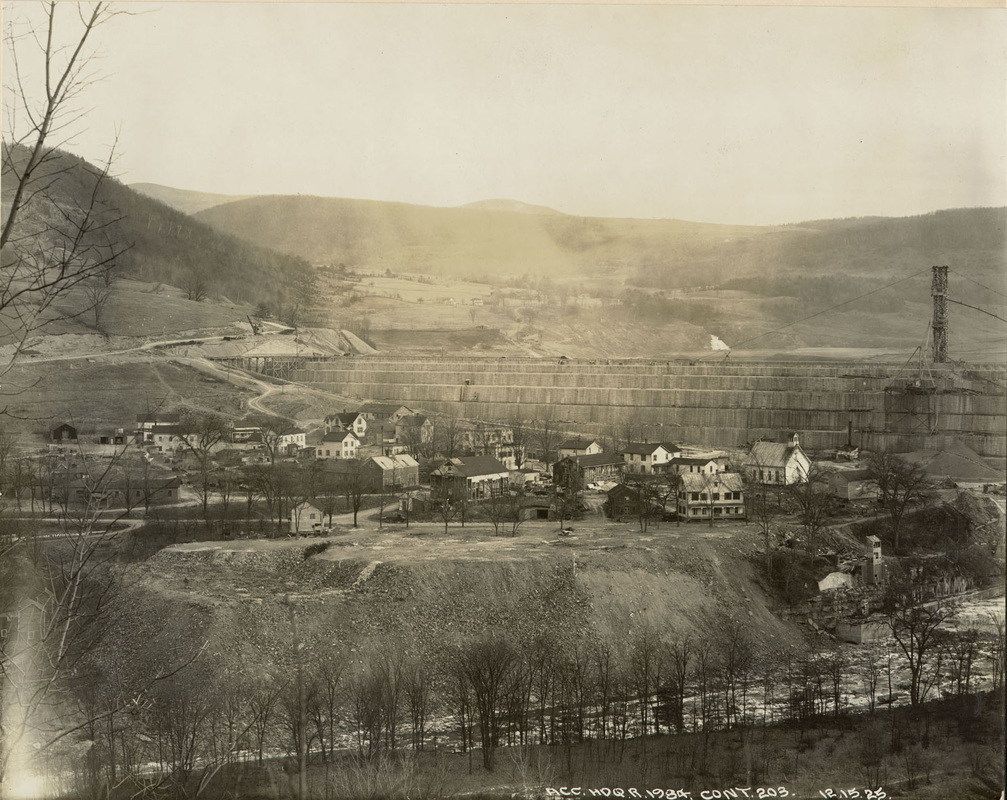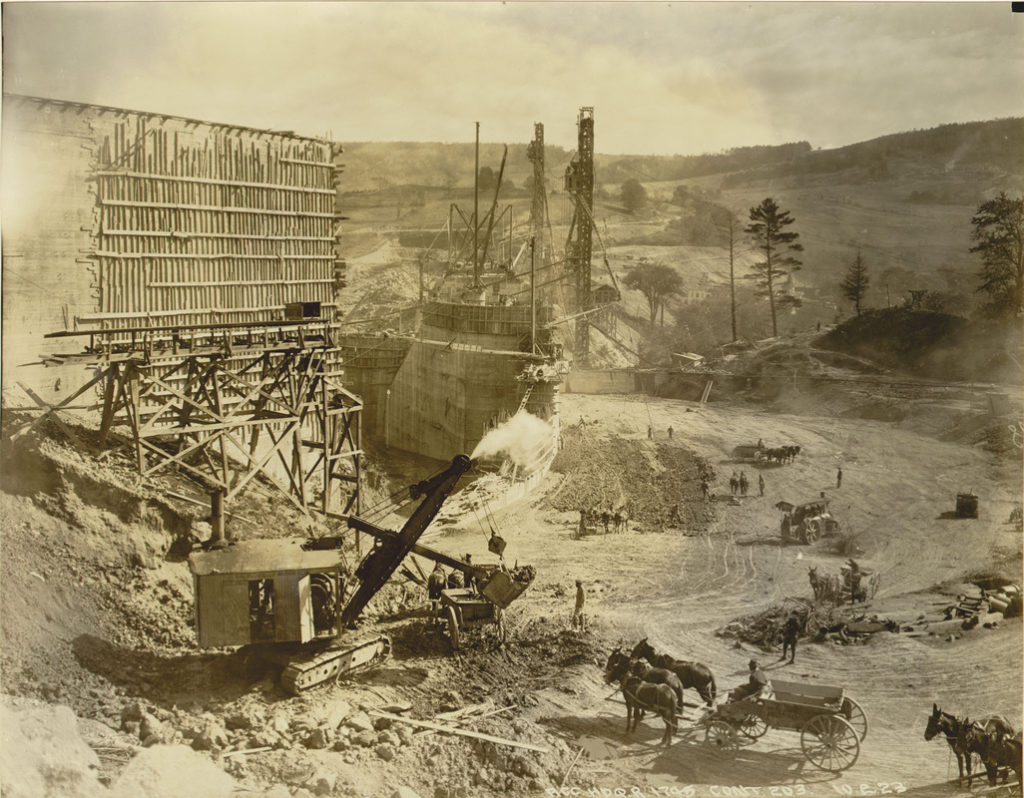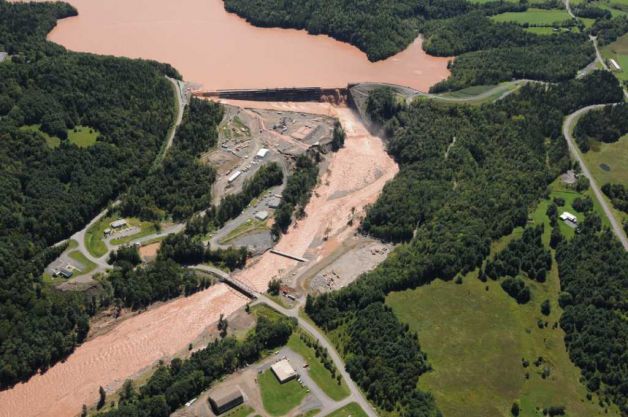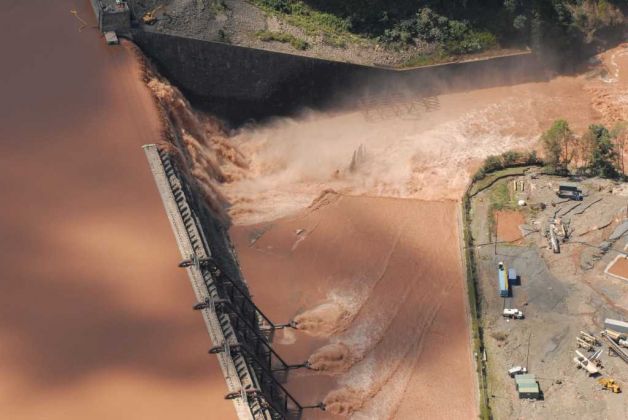Saturday August 24
Snyder’s Cove launch site
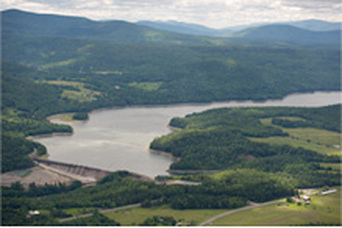
Come paddle on the Schoharie Reservoir with Catskill native and adventure guide Craig Apolito.
The Schoharie Reservoir is the smaller of the two reservoirs that make up the Catskill System. Its waters feed the Ashokan Reservoir via the Shandaken Tunnel. Completed in 1927, it was built to supplement the Ashokan since the New York metropolis was growing rapidly. Since it is surrounded by some of the highest peaks in the Catskills, including Hunter Mountain (elev 4,040′), it produces a high volume of water because of the copious precipitation induced by the “cloud raking” effect that tall mountains create.
Last summer the DEP opened the reservoir for the first time to recreational use by permit only for canoes and kayaks. NYC H2O is excited to share the experience of paddling on the pristine Schoharie Reservoir. We endorse the DEP’s forward thinking use of the reservoir and will join in promoting vigilance and good stewardship of the reservoir by paddlers.
Click here for tickets
Schoharie Notes August 2013
The Schoharie Reservoir was built from 1917 – 1926 and is the second of two reservoirs the make up the ‘Catskill System.’ The first being the Ashokan built 1907 – 1917. Plans to supplement the Ashokan with another reservoir date back to the original Catskill plan of 1905 *1. As early as 1914 the city was conducting land surveys to determine the best location for it *2.
It is the northernmost of the New York City reservoirs, is located 36 miles southwest of Albany and roughly 110 miles northwest of New York City. (The Catskill Aqueduct was designed to carry 500 million gallons a day [MGD] but the Esopus Creek, which feeds the Ashokan, could only supply half of that amount.)
The Schoharie Reservoir basin is 6-miles long by ¾ at its widest and holds 17.6 billion gallons of water at full capacity, making it one of the smaller NYC reservoirs. The Ashokan holds 123 billion gallons. The Schoharie Reservoir supplies the Ashokan Reservoir with 200 MGD on average but can supply up to 650 MGD. (NYC uses 1 billion gallons of water a day.)
Overflow from the Schoharie Reservoir tops the Gilboa Dam and runs back into Schoharie Creek, ultimately flowing into the Hudson River. The dam is 1,324 long and 160 feet tall. It was made mostly of large stones filled in with concrete. Because of the geography of the area namely tall, steep mountains, a narrow valley and voluminous rainfall the dam was designed to spill over its whole length. (Usually, spillways are on the sides of dams. The face was stepped to allow for the water’s energy to diffuse and not erode the base of the dam. The 8 steps are 17 fee high and 13 feet wide.
The dam has been undergoing upgrades over the past 5 years and during Irene towns downstream of it were evacuated because officials weren’t sure it would hold 6.
Water from the Schoharie Reservoir (elevation 1,130 ft.) flows to New York City through the 18-mile long Shandaken Tunnel, and empties into the Esopus Creek at Shandaken. Another 11 miles down the Esopus it empties into the Ashokan Reservoir. (610 ft.) From there water enters the 92-mile Catskill Aqueduct and flows to the Kensico Reservoir (355 ft.), and then continues to New York City.
When it was built, the Shandaken Tunnel was the longest in the world at 18.1 miles in length. It beat out NYC’s Tunnel #1, completed in 1917, which extends from the Hillview Reservoir down to the Verazano Narrows and was 17.75 miles long. 3rd place went to the Hetch-Hetchy (13.9 miles), which connects San Francisco to its water supply in Yosemite National Park.
The village of Gilboa, New York, was taken by the city using eminent domain and relocated north of the reservoir; 350 people in all were moved. This is actually a small amount compared to the Ashokan Reservoir for which 8 towns and 2,000 residents were relocated.
On average, 3,000 men would be working on the Schoharie project at any given time; on the dam, clearing the basin, in the tunnel or in the quarries and sand pits that provided the materials for the dam and lining the basin. Workers were from all over; local, Pennsylvania mines, blacks from the south who were expert mule drivers, immigrants from Italy, Ireland, Scotland, Sweden and Russia. Work camps were set up at remote shaft sites for the tunnel workers. Small towns were established to provide boarding for the workers and their families complete with schools, fire departments, police and utilities. The towns were segregated into sections for “Italians, Negroes and Whites.” *3
Gilboa Fossil Forest
While quarrying face stones for the Gilboa Dam, fossilized tree-like stumps up to 3 feet in diameter were discovered. This collection of petrified logs became known as the Gilboa Fossil Forest. It dates back 380 million years to the Devonian era (130 million years before dinosaurs). The tree-like fern are likened to ferns and palm trees. Ferns are thought to have evolved from them.
The Gilboa Forest is considered to be the first type of forest on earth and this type of flora is credited with absorbing a lot of CO2 out of the atmosphere. This caused the earth’s temperature to drop and the climate to be similar to how it is today.
For nearly 100 years it remained a mystery as to what the tops of these tree-like fern-things named Eospermatopteris looked like because only the trunks had been found. In 2007, a complete tree fossil with fronds (leaf-like things), branches and stump were discovered in the area; one was 12 feet in length and another 19 feet. *8
Some of the fossil-stumps are on display at the Blenheim-Gilboa Pumped Storage Power Project Visitor Center. It is nestled beneath the 2,000-foot-tall Brown Mountain. Two reservoirs—one atop Brown Mountain, and the other at its foot—holds 5 billion gallons of water. When generating power [1,160 megawatts], the water cascades down a concrete shaft that’s five times taller than Niagara Falls. When storing water—usually at night or over the weekend—the process is reversed and the water is pumped back up the shaft for storage.
Next to the Visitor Center is Lansing Manor, an early American country estate, built in 1819 by John Lansing, who represented New York as a delegate to the Constitutional Convention in 1787 and the state’s Ratification Convention in 1788.
1. Water-Works Kevin Bone and Gina Pollara page 172
2. Liquid Assets Dinae Galusha page 155
3. Page 176 Water-Works
4. http://en.wikipedia.org/wiki/Schoharie_Reservoir’
5. http://news.nationalgeographic.com/news/bigphotos/43587469.html
6. http://www.watershedpost.com/2013/sneak-peek-gilboa-dams-400-million-upgrade
7. http://www.nypa.gov/vc/blengil.htm
8. http://en.wikipedia.org/wiki/Gilboa_Fossil_Forest
